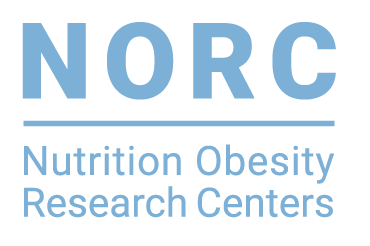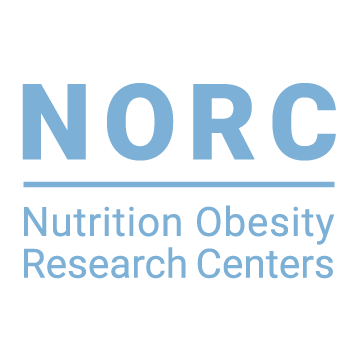Summary
Through support from a Pilot & Feasibility award, Dr. Elaine Yu and colleagues investigated changes in bone mineral density (BMD) and marrow adipose tissue (MAT) in 20 adults with morbid obesity undergoing Roux-en-Y gastric bypass (RYGB, n=11) or sleeve gastrectomy (SG, n=10). At 1 year after surgery, mean weight loss was the same between RYGB and SG groups, and mean calcium, 25-hydroxyvitamin D, and PTH levels were unchanged and with normal in both groups. P1NP and CTX increased in both RYGB and SG groups, and P1NP increased more in the RYGB group. There were significant declines from baseline in spine areal and volumetric bone BMD within the RYGB and SG groups. Total hip and femoral neck areal BMD by DXA decreased to a greater extent in the RYGB than the SG group although the change in femoral vBMD by QCT was not significantly different between groups. MAT content of the lumbar spine and femoral diaphysis did not change from baseline in the RYGB group but increased after SG. Within the SG group, 12-month change in weight and visceral fat area were positively associated with 12-month change in MAT, suggesting that subjects with less weight and visceral fat loss had higher MAT.
Key Findings
- RYGB and SG are associated with declines in lumbar spine BMD, but the changes are not significantly different between the groups. RYGB may be associated with greater decline of areal BMD at the total hip and femoral neck compared to SG. MAT content increased after SG and this was associated with lower weight and visceral fat loss.
Citation
- Bredella MA, Greenblatt LB, Eajazi A, Torriani M, Yu EW. Effects of Roux-en-Y gastric bypass and sleeve gastrectomy on bone mineral density and marrow adipose tissue. Bone. 2017 Feb;95:85-90.
Read More: Bone
Research Details
- Research Center: Harvard Medical School
- Featured NORC Member(s): Elaine Yu, MD, MMSc, Assistant Professor of Medicine at Harvard Medical School (P&F Recipient); Miriam Bredella, MD, Associate Professor of Radiology at Harvard Medical School; Martin Torriani, MD, Associate Professor of Radiology at Harvard Medical School and Director of the Metabolic Imaging Core
- Center Contribution: This research was conducted using funds from a P & F award from NORCH.

